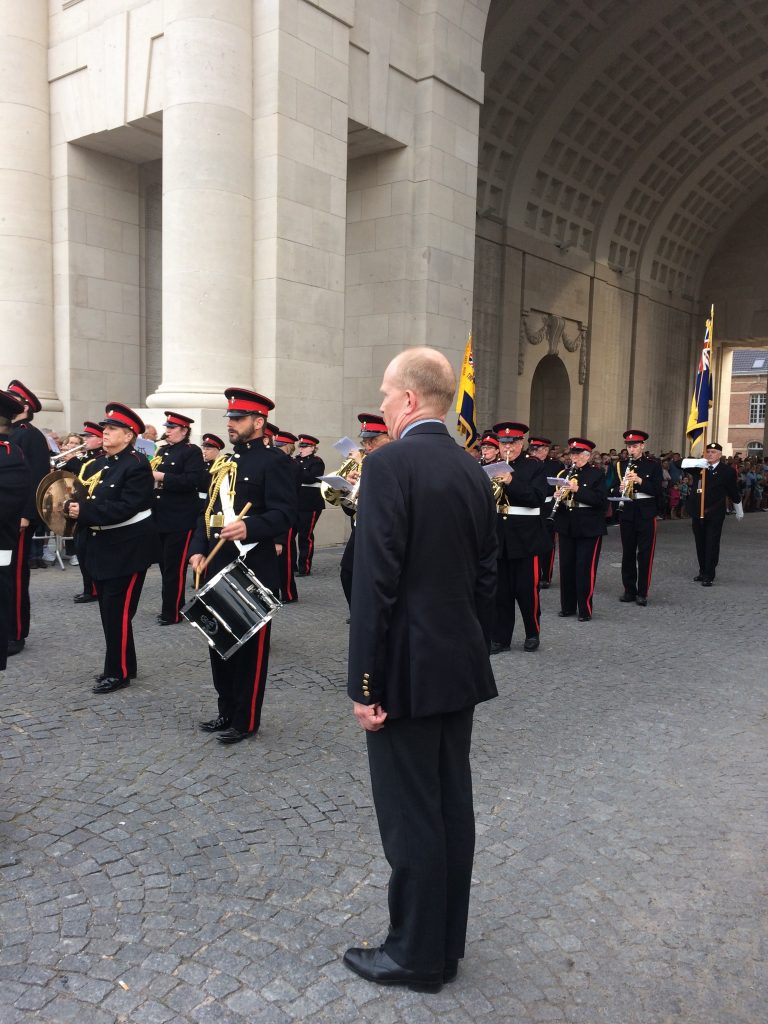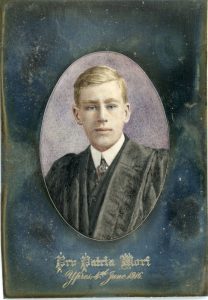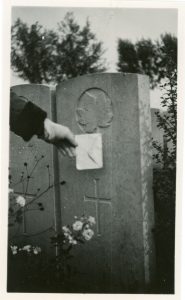Today we visited the Regina trench cemetery located in a remote area in Northern France. Because of it’s location, it is not visited as much as other WW1 cemeteries in France. Despite that however, the site was still being maintained by the Commonwealth Graves Commission. This was significant for me because it demonstrates that the First World War is still important to Europeans even after a century. Maintaining even the smaller memorial sites and cemeteries shows that they do not want people to forget the major loss of life that the war caused in hopes that another major conflict does not reoccur. Another example is the French Honour Guard at the Notre Dame de Lorette who have to dedicate a day (not sure if it’s every month or every year) to supervise the site and talk to visitors thus demonstrating the importance of remembering.
The highlight of the day for me was going into the tunnels at Vimy Ridge. Getting a sense of what the underground conditions were like for the soldiers and their importance in the war was interesting since I have not studied the tunnels of the First World War. I was also able to face my claustrophobia with the help of the other students who took the tour with me. I could not imagine how the soldiers who were claustrophobic, dealt with it while in the middle of a war.
On that note of facing things, we had some difficulty with our GPS system(s) (still do) when trying to find a grocery store. Apparently, there is a grocery chain in France named Carrefour which in English translates to crossroads. Because of this, the GPS took us to a literal crossroad which we came back to again, and again thanks to technology. Even the locals started giving us looks. Thats why Carrefour is the title of this blog. Despite this minor inconvenience we were able to push through and find a grocery store while simultaneously preventing a mutiny caused by hungry students.
Ryan d’Eon



